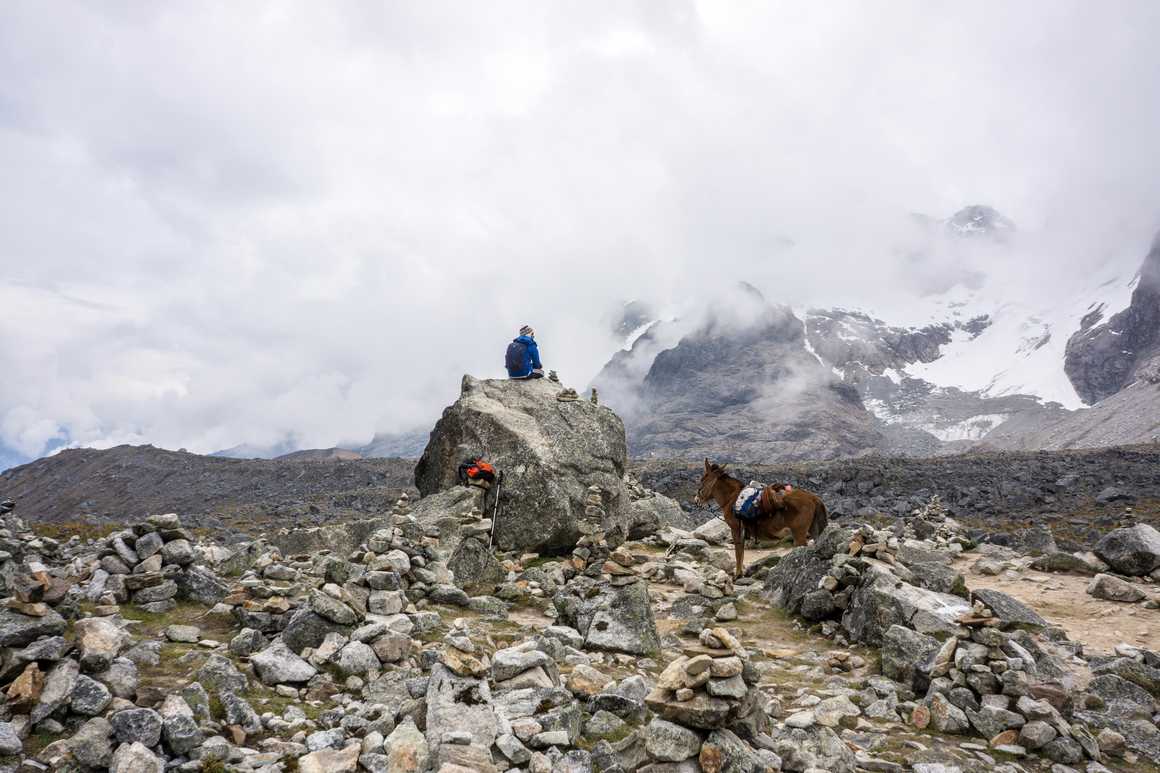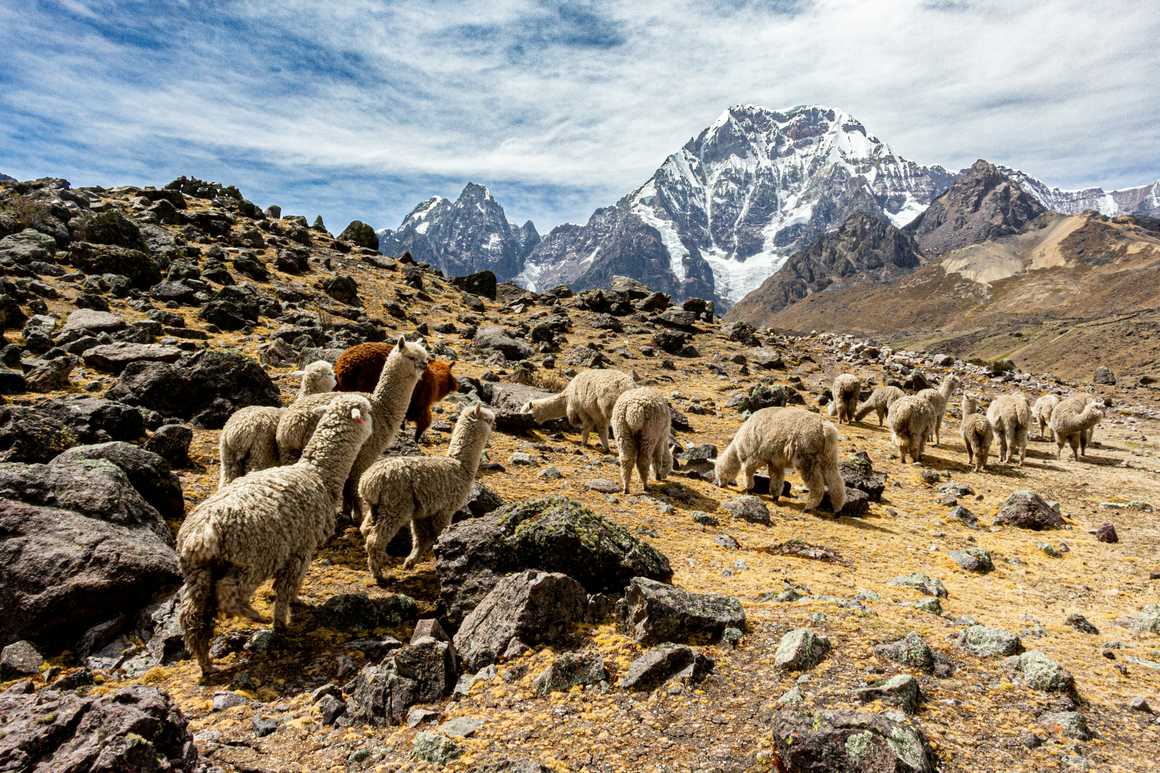A Guide to the Highest Peaks in Peru
Its location, mountains, history and culture make Peru a popular trekking destination and visitors flock here every year to uncover
hidden natural wonders, secret ruins and the intriguing past of the Incas. There
are so many interesting and challenging trekking routes in Peru that there is
truly something for everyone.
The highest mountain in Peru is Huascarán, or Huascarán Sur,
which stands at 6,768m high and is the highest peak of the northern Andes and
indeed the highest point of all of the world’s tropics. There are 37 mountains of Peru over 6,000m and many of them are technical mountains more suited to
mountain climbers than trekkers. That’s not to say they haven’t been or can’t
be summited, they have and can be, you’ll just need to plenty of experience,
practice, equipment and support.
As one of the most biodiverse countries in the world, Peru
is home to the Amazon rainforest, the Andean mountains and the sprawling
Pacific coast, it is no wonder that so many adventurers travel here to
experience this incredibly beautiful country.
Below we have listed some of the tallest Peruvian mountains as well as what makes each of these majestic peaks unique. Take it as
inspiration, something to work towards or answers for your next geography pub
quiz round. Whichever way you look at it, Peru mountains offer stunning views,
an incredible journey through nature and unforgettable adventure.
what mountains are in peru?
Huascarán Sur – 6,768m & Huascarán Norte – 6,655m

The normal route up Huascarán is also known as La Garganta,
named after the saddle between the two peaks and this climb is regarded as
moderately difficult. Huascarán Sur was first summited in July 1932 by a
German-Austrian expedition.
This mountain is slightly more technical than others in Peru
as the tallest mountain in Peru has a large glacier which is riddled with crevasses, making the
ascent slow going and potentially more hazardous.
Some fun facts about Huascarán Sur are that it has the
smallest gravitational force of any other place on earth and that the Guiness
World Record for the highest dinner party in the world in 1989 by a group of
amateur mountaineers, later made famous in a book called The Social
Climbers.
Yerupajá – 6,617m
Coropuna – 6,425m
Coropuna is northwest of Arequipa is characterised by an all
year round ice cap, several glaciers and was last thought to have erupted 6000
years ago.
Ausangate – 6,372m

You don’t have to summit this high peak to experience the
beauty of this region though. The Ausangate trek is a multi-day trekking
route in Peru that takes you over neighbouring mountain passes, past glacial
lakes and through untouched landscapes dotted with hot springs, various
indigenous wildlife and plenty of attractive flora and fauna. It is also fairly
close to the beautiful rainbow mountains which are well worth a visit
when in this region.
Chopicalqui – 6,345m
Siula Grande – 6,344m
The peak was first summited in 1936 by two Austrians who
climbed the north face of the mountain. Simpson and Yates were attempting to
descend the west face when severe weather came in. To this day climbers avoid
this route and choose to either descend the north face or rappel down the west
face instead. Siula Grande is the ninth highest mountain in Peru and as well as being probably the most famous mountain in Peru, it is a popular
mountain to trek.
Salkantay – 6,271m

Like Ausangate, you don’t have to attempt the summit climb of
Salkantay to enjoy trekking in this region. The Salkantay Trek is a
popular trekking route in Peru as not only does it expose visitors to the
astonishing biodiversity of Peru, but it also takes in the fascinating history
of the Incas, explores numerous Incan ruins and is a wonderful way to escape
the crowds of the Inca trail route.
trek the mountains of peru with Kandoo Adventures
Trekking the 6,000m mountains of Peru is not for everyone but you
don’t have to conquer these mountains to experience the magic of the Andes.
Kandoo Adventures offer a wide variety of treks in Peru that take you through
these arresting mountains for all levels of ability. Whether you want to visit
Machu Picchu or the Lake Titicaca, the rainbow mountains or the hidden pastoral
communities of the Ausangate region, talk to our travel experts today and start
planning your Peru trekking adventure.










